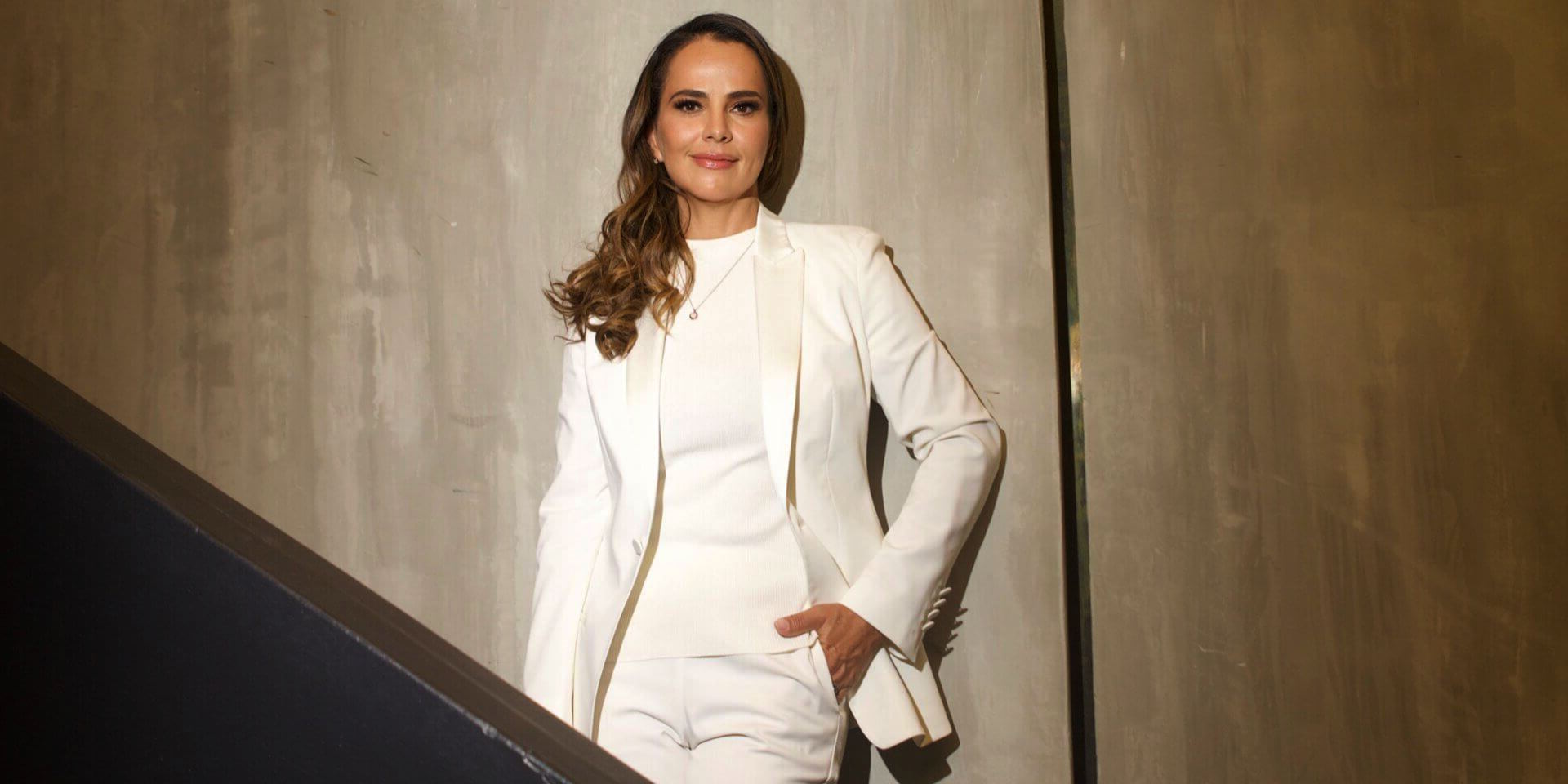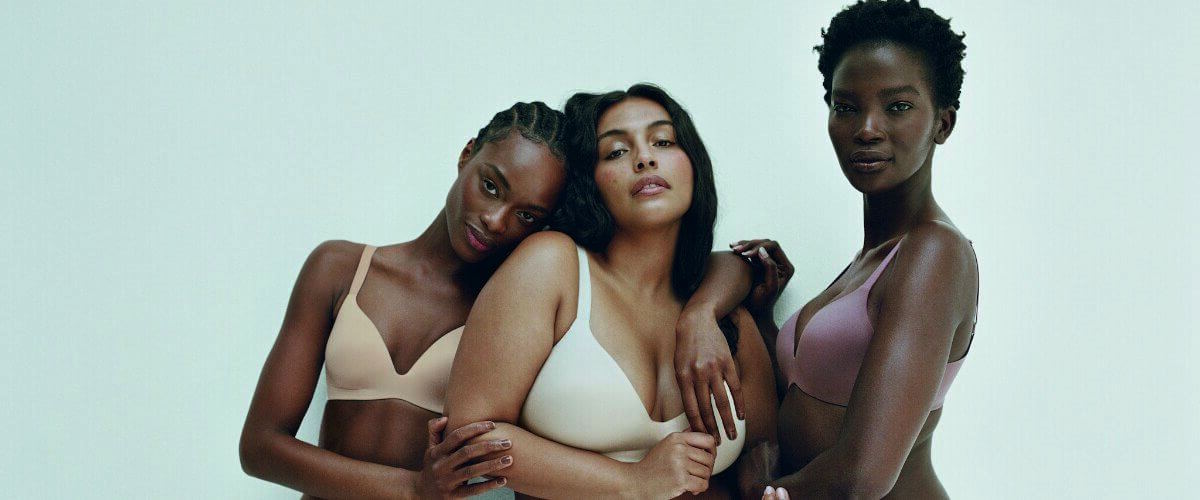Embracing Tolerance and Diversity in the Fashion Industry

The fashion industry has come a long way in recent years, embracing the importance of tolerance and diversity. As one of the most influential industries in the world, fashion has the power to shape societal norms, challenge beauty standards, and promote inclusivity. In an industry once critiqued for its narrow definitions of beauty, fashion is shifting towards a more inclusive environment, reflecting a broader spectrum of cultures, body types, genders, and identities.
A Celebration of Different Cultures and Identities
One of the most significant changes in the fashion world today is its celebration of diversity. Designers, brands, and models embrace a more inclusive vision of beauty, showcasing clothing for people of all races, ethnicities, and cultural backgrounds. Fashion shows, advertising campaigns, and media outlets are beginning to reflect the true diversity of the global population. This shift helps break down stereotypes and fosters a culture of acceptance, where people can see themselves represented in the fashion they love.

Moreover, fashion brands are increasingly incorporating cultural and regional elements into their designs, making space for traditional garments and artisanal crafts worldwide. This cross-cultural exchange helps preserve diverse heritage and celebrates the beauty of mixing different influences, creating unique and meaningful designs. Diversity in fashion also extends beyond appearance—there’s a growing awareness of the need to represent people from all walks of life, including those with disabilities, different sexual orientations, and various gender identities.
Body Positivity and Expanding Beauty Standards
Fashion is no longer defined by a single body type or idealized standard of beauty. The push for body positivity has increased the representation of diverse body sizes and shapes in runway shows, campaigns, and retail collections. Brands increasingly offer extended size ranges, and models of various body types are becoming more visible in advertisements. This shift provides consumers with better representation and encourages a more inclusive definition of beauty, allowing individuals to feel confident and seen, regardless of their size.
Additionally, the rise of gender-neutral clothing is challenging traditional norms about fashion. Designers are creating collections that cater to people who don’t identify within the binary gender categories, making fashion more accessible and open to all. This inclusivity is vital in ensuring that everyone has the freedom to express themselves through fashion without fear of judgment.






